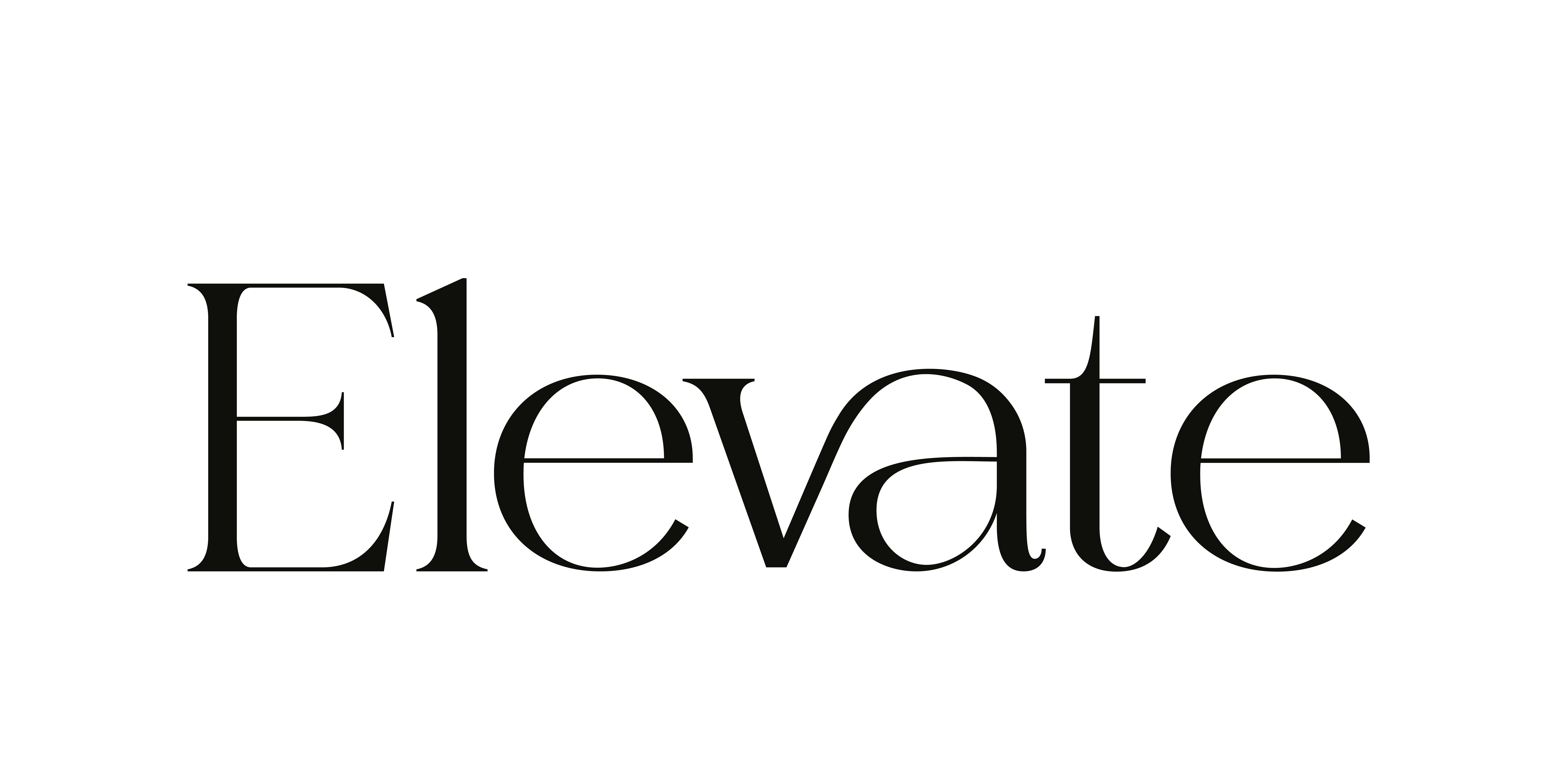As organisations adapt to an unpredictable market with many changes from AI automation to a new generation of workforce, the need for organisations to be more agile and scalable is not only better but also a necessity to be visible. According to Gartner’s Future of Workforce Analytics report, 60% of contract workers choose flexible work arrangements voluntarily.
From startups to Fortune 500s, companies are increasingly turning to contract workers to support short-term projects, address talent shortages and manage peak workloads. But to truly unlock its potential, contract hiring needs more than just a quick recruitment process; it needs an efficient strategy.
What is Contract Hiring?
When companies or employees hear contract hiring, a few things come to mind, from need to basis workforce or hourly employees. But contract hiring is so much more than that. Contract hiring is the process of employing individuals for a fixed duration or specific project, typically through a third-party agency or as direct contract workers. Unlike full-time employees, contract hires are not on your permanent payroll but still contribute to your business goals under defined terms.
There are many instances where contract employees are needed, from product launches to seasonal spikes, such as holiday seasons or during times of increased demand. Contract hiring allows companies to quickly scale their workforce up or down without the long-term commitment of permanent employment, making it a flexible and cost-effective solution for managing business needs.
Why Businesses Choose Contract Hiring?
- Contract roles are filled 40-60% quicker than permanent ones.
- An added advantage is that it saves overall costs, like no insurance, paid leaves, work equipment and other overheads ( this does depend on organisation to organisation).
- With contractual hiring, you get access to niche professionals with specialised skills without long-term commitment.
- For operational flexibility, contractual hiring ramps up or down based on business needs
- Moreover, from a legal perspective, contractual hiring is beneficial because contractual agreements are often more straightforward than those for permanent employees, reducing legal complexities and potential liabilities.
How to Manage Contract Hiring Effectively?
-
Define the Scope with Clarity
- Identify the exact tasks, outcomes and timelines required for the role.
- Decide if you need on-site, hybrid, or remote talent.
- Estimate the budget and align it with your internal cost approvals.
Tip: Use a “project brief” template to avoid confusion across teams.
-
Choose the Right Staffing Partner
If you’re outsourcing contract hire, your partner should:
- Have industry-specific expertise
- Provide pre-screened, compliant candidates
- Offer flexible contracts and quick turnaround
- Have robust replacement or backfill policies
Checklist: Ask for sample contracts, sourcing timelines, and previous success stories.
-
Draft a Solid Contract
Ensure the contract includes:
- Start and end dates
- Work expectations and deliverables
- Payment terms
- Confidentiality and IP clauses
- Compliance with local labour laws (India’s Labour Codes or international equivalents)
Pro tip: Customise contracts based on state/region-specific requirements if hiring across India or globally.
-
Onboard Like a Pro
Even if they’re temporary, contract workers should feel included.
- Provide a clear onboarding plan (access, tools, introductions)
- Assign a point of contact (POC) or buddy
- Introduce them to team norms and communication tools (Slack, MS Teams)
Note: Delays in onboarding are one of the top reasons for poor productivity among contract hires.
-
Set Clear KPIs & Check-ins
- Define what success looks like for the contract hire
- Use weekly standups or reporting templates to track progress
- Offer timely feedback to ensure alignment
Tool Suggestion: Use tools like Trello, Notion, or ClickUp for task visibility.
-
Keep Communication Consistent
- Treat contract hires as part of the extended team
- Invite them to key team meetings or virtual check-ins
- Celebrate milestones or successful project closures
Tip: Strong communication = higher retention = less ramp-up time in future re-hires.
-
Maintain Legal & Compliance Hygiene
- Ensure contracts follow labour laws (especially fixed-term employment rules in India)
- Track tenure-long-term contracts may require different treatment under compliance laws
- If through a staffing agency, request monthly compliance reports (PF, ESIC, etc.)
At Headsup Corporation, we follow fair hiring and labour practices, even though it’s for interns or remote employees, everyone
-
Conduct an Exit Review
- Schedule a short debrief to gather feedback from both the manager and the contract worker
- Document lessons for future contract hiring
- Consider adding good contract workers to a “preferred talent pool” for future roles
Tip: Use exit reviews to improve your hiring SOP and build internal benchmarks.
Contract hiring is more than role filling; it’s a strategic tool that helps businesses stay lean, agile and skilled. But the real value comes not just from hiring fast, but from managing right.
With the right planning, onboarding, performance tracking and compliance framework, contract workers can become key contributors to your success, without the long-term baggage.
If your organisation needs help managing contract hiring with zero chaos, it’s time to loop in the Talent Search Advisory team at Headsup Corporation partners with businesses to provide smart, seamless contract staffing solutions, from sourcing and vetting to compliance and engagement. Reach out to us today to discover how we can support your talent needs.







